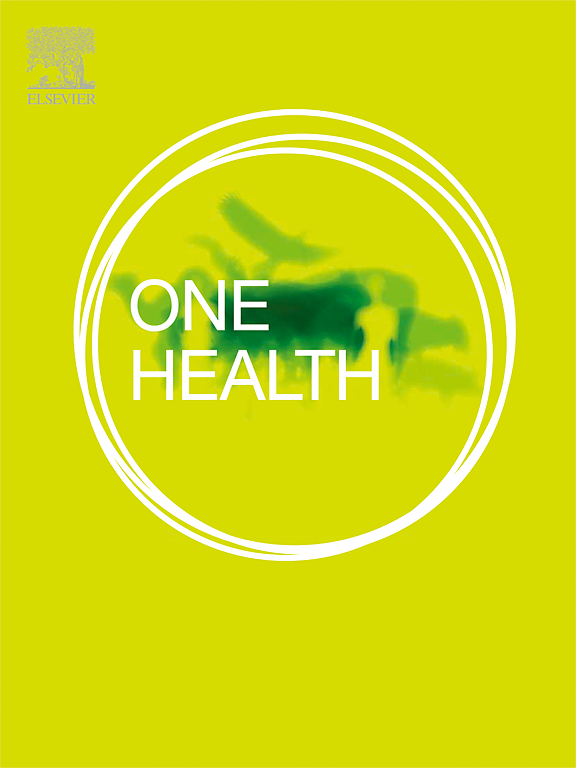Regulations, biosecurity measures, and impact of COVID-19: A comprehensive mixed method study in traditional wet and live animal markets in Bangladesh
IF 4.1
2区 医学
Q1 INFECTIOUS DISEASES
引用次数: 0
Abstract
Background
Traditional wet and live animal markets (TWLAMs) offer fresh vegetables, meat, fish, and live animals to consumers at affordable prices. The daily operation of TWLAMs is crucial for supplying safe food by controlling and preventing contamination from food-borne pathogens.
Objectives
A cross-sectional study was conducted in 10 TWLAMs to collect and assess data on market regulations, biosecurity measures, and the impact of COVID-19 on food supply and livelihoods.
Methods
We interviewed 40 key informants and performed on-site observations. Additionally, we organized a workshop with different stakeholders including experts in human health, animal health, food safety, zoonotic diseases, agriculture, consumer rights, and market regulations.
Results
Among the 10 surveyed TWLAMs, five (50 %) were governed by the City Corporation, six (60 %) had written operational guidelines, while 40 % were unaware of any government regulations. Most markets (80 %, n = 8) lacked direct water supply lines for their shops, and 50 % had no functional drainage systems. A majority (55 %, n = 22) of the key informants reported not seeing any food inspectors at the market within the last three months. Only 60 % (n = 24) believed that live animals could transmit diseases to humans within wet markets. While shop-level cleaning was regularly conducted, cleaning of the entire market was infrequent. COVID-19 had both negative and positive impacts on TWLAM. The most common negative effects were job losses (65 %) and increased living expenses (67 %), while COVID-19 led to improvements in market hygiene (100 %), personal hygiene (100 %), and adherence to social distancing (100 %). No permanent closures or bans on animal trading were reported in TWLAM during the COVID-19 pandemic. All workshop participants (n = 55) indicated that shifting from live animal trading to processed animal products would be challenging due to cultural norms and practices.
Conclusions
Despite many challenges and shortcomings, a unique operational guideline could help ensure the supply of safe food to consumers. Financial incentives, certification, training, and regular monitoring can improve practices associated with food safety.
求助全文
约1分钟内获得全文
求助全文
来源期刊

One Health
Medicine-Infectious Diseases
CiteScore
8.10
自引率
4.00%
发文量
95
审稿时长
18 weeks
期刊介绍:
One Health - a Gold Open Access journal.
The mission of One Health is to provide a platform for rapid communication of high quality scientific knowledge on inter- and intra-species pathogen transmission, bringing together leading experts in virology, bacteriology, parasitology, mycology, vectors and vector-borne diseases, tropical health, veterinary sciences, pathology, immunology, food safety, mathematical modelling, epidemiology, public health research and emergency preparedness. As a Gold Open Access journal, a fee is payable on acceptance of the paper. Please see the Guide for Authors for more information.
Submissions to the following categories are welcome:
Virology,
Bacteriology,
Parasitology,
Mycology,
Vectors and vector-borne diseases,
Co-infections and co-morbidities,
Disease spatial surveillance,
Modelling,
Tropical Health,
Discovery,
Ecosystem Health,
Public Health.
 求助内容:
求助内容: 应助结果提醒方式:
应助结果提醒方式:


